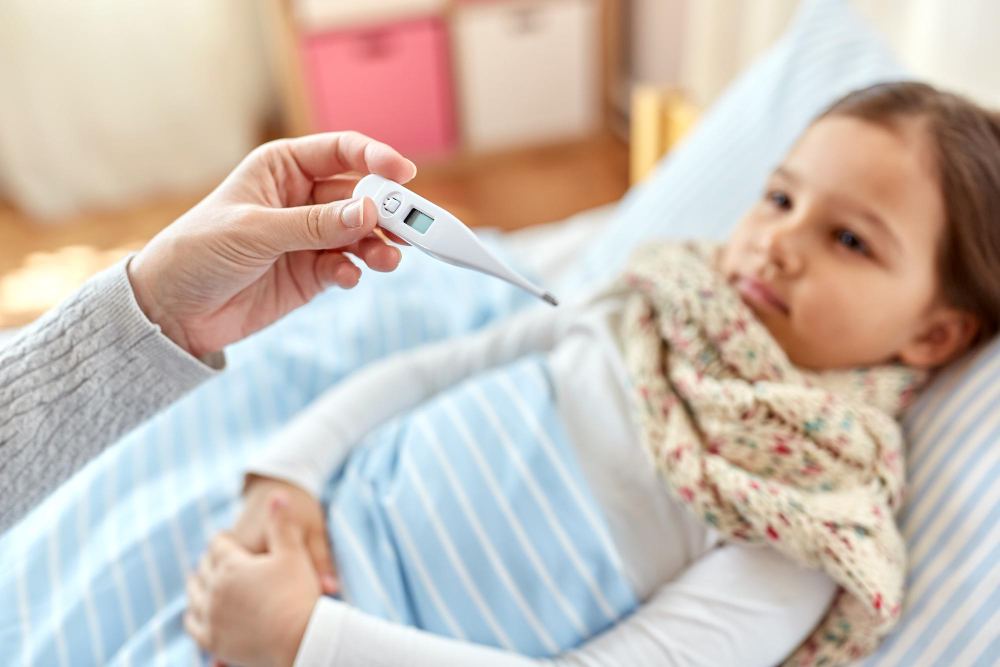What is Flu in Children?
Flu in children is a common illness caused by the influenza virus. This virus spreads easily, especially during the colder months. Many parents worry about pediatric flu symptoms because children can get sick quickly. Although most kids recover at home, some may need medical care. Knowing how to prevent flu in kids can help keep your family healthy. The flu can affect children of all ages, but young children and those with health problems are at higher risk.
Common Symptoms of Flu in Children
Flu symptoms in children often appear suddenly. Early signs can look like a cold, but the flu usually feels worse. For example, your child may have:
However, not all children will have every symptom. If your child seems very ill or has trouble breathing, seek help right away.
Causes and Risk Factors
The flu is caused by influenza viruses. These viruses spread through droplets when someone coughs, sneezes, or talks. Children can catch the flu by touching surfaces with the virus and then touching their mouth, nose, or eyes. Because kids often play close together, the flu can spread quickly in schools and daycare centers.
Some children are at higher risk for severe flu, including:
Therefore, it is important to protect children who have these risk factors.
How Flu is Diagnosed in Children
Doctors usually diagnose flu in children based on symptoms and a physical exam. Sometimes, they may use a quick test by swabbing your child’s nose or throat. These tests can show if your child has the flu virus. However, not all children need testing, especially if flu is already spreading in your area. Your doctor will decide if a test is needed.
Treatment Options for Pediatric Flu
Most children with the flu can recover at home with rest and care. Here are some ways to help your child feel better:
In some cases, doctors may prescribe antiviral medicine. These medicines work best if started within two days of symptoms. Antivirals can help shorten the illness and lower the risk of serious problems. Always follow your doctor’s advice for flu treatment for children.
Prevention Tips for Parents
Preventing flu in children is very important. Here are some tips to help keep your child healthy:
Because the flu virus changes each year, getting the vaccine every season is important.
When to See a Doctor
Most children with the flu get better at home. However, you should call your doctor if your child:
If you are unsure, it is always better to ask your doctor for advice.
In summary, flu in children can be serious, but most kids recover well with care. Early treatment and prevention can help keep your child safe. Consult a pediatrician for personalized advice if your child shows flu symptoms.

